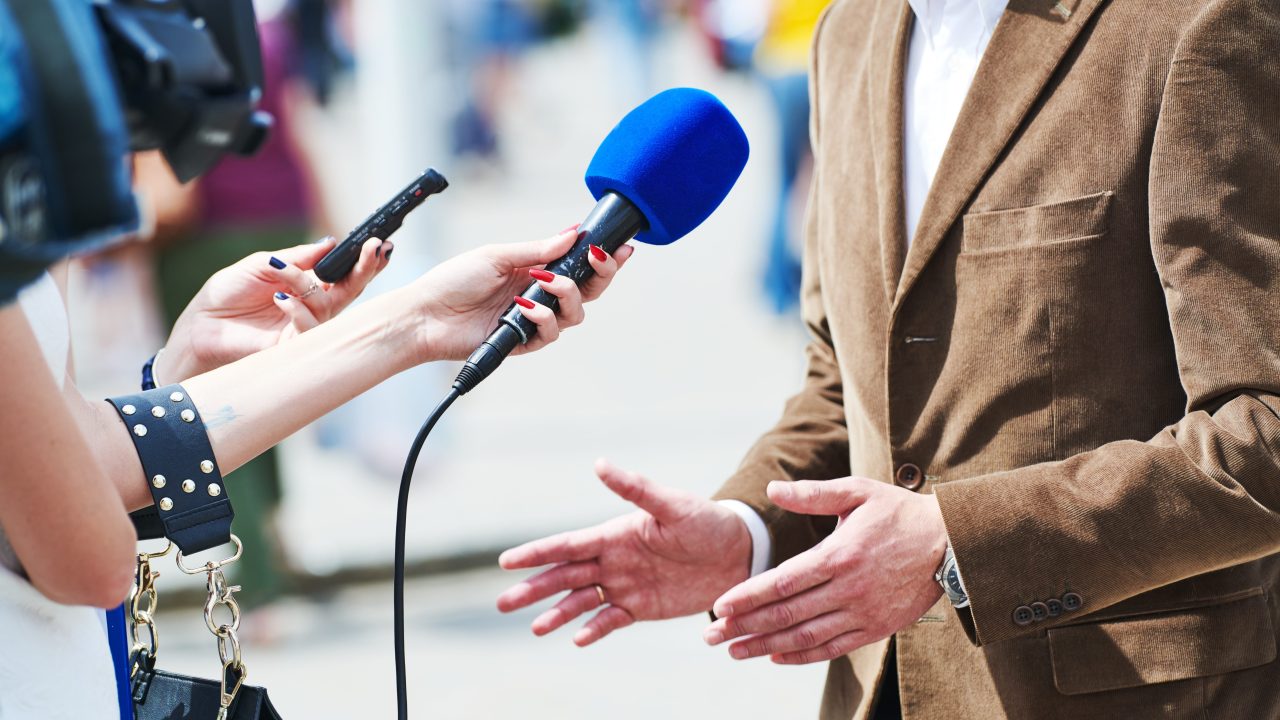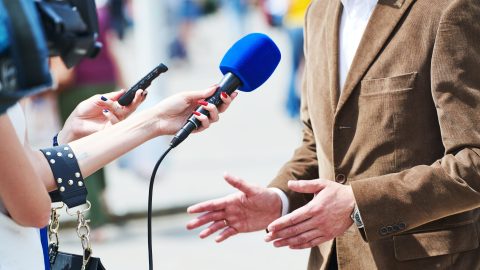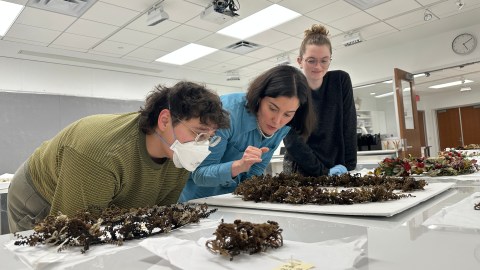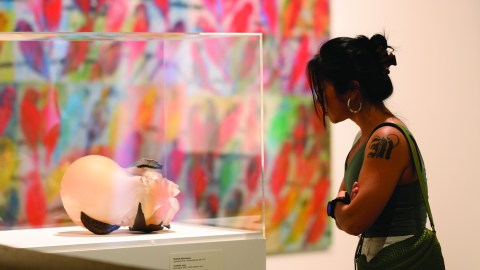
Museums aren’t just buildings filled with artifacts; they are homes for stories that inspire, educate, and connect us with our world. When you share these stories with the news media, you help your museum stand out, attract new visitors, and become part of the local and national conversation.
The art of communication, as I explain in my new book Museum Flack from AAM Press, is not only about getting coverage—it’s about making your story matter. Here are the top five tips to help your museum team deliver the best story possible.
1. Know Your Audience Inside and Out
Before you write a press release or talk to a reporter, you need to know who you’re trying to reach. Every message will fall flat unless it connects with your audience. Start by gathering facts about the people who visit your museum. Are your main guests families, students, seniors, out-of-town tourists, or local history lovers? What are their interests and values?
To help you answer these questions:
- Build data-driven audience profiles (called personas). Personas help humanize your audience—imagine writing for “Curious Casey,” a hands-on learner, or “Tech Todd,” a parent searching for educational outings.
- Use surveys, feedback forms, and social media polls to ask what interests your audience and what questions they have.
- Look at your museum’s attendance records and past media coverage to spot trends.
- Go beyond facts and think about emotions and motivations. Why do people care about your next major event or exhibition?
When you understand your audience’s needs, your message will be much more likely to get their attention. Reporters are busy and usually want stories that appeal to a wide group. If you provide details that matter to your audience, journalists are more likely to use your story.
2. Craft Clear, Concise, and Consistent Key Messages
Every museum needs key messages, which are simple statements that tell your audience the main idea you want them to remember. Your key messages should be short, clear, and made for quick understanding.
- Put your main point right up front. If you have five ideas about why your exhibition matters, choose one and lead with it.
- Break down ideas into short sentences with simple words. Skip jargon or complicated technical terms.
- Use examples or quick facts. Instead of “Our new exhibition provides a detailed history of underwater exploration,” say “Dive into the world of ocean adventures with hands-on displays.”
- Repeat your main messages in all your communications, including press releases, interviews, social media, and event flyers.
- Give specific details about how your exhibition or story makes an impact, whether it’s new research, community outreach, or special programs.
Consistency builds trust. When your visitors and the media hear the same strong message everywhere, they remember it and share it. If possible, train your spokespeople so every staff member highlights the same key points.
3. Build Emotional Connections with Powerful Storytelling
Storytelling is more than sharing facts. It taps into emotions, helping people see themselves in your exhibition or event and inspiring them to take action.
Museums are full of stories waiting to be told:
- Start your story with a character or object. Maybe it’s a historic artifact, a scientist behind the scenes, or a visitor whose life changed after seeing an exhibition.
- Use a simple story arc, which has a beginning, middle, and end. Set the scene, show a challenge or discovery, and finish with what it means.
- Add details that help readers picture themselves at your museum. For example, describe how a fossil was uncovered, or what children do in a hands-on lab.
- Share personal stories and real experiences if possible. Let your staff and guests tell their own story in their own words.
- Choose emotions you want your audience to feel: curiosity, awe, empathy, excitement. A story about overcoming obstacles is much more memorable than a list of facts.
Emotional stories not only lead to news coverage, but they create lasting memories. When reporters feel something, they’re more likely to remember your museum and come back for future stories.
4. Use Visuals and Multimedia to Amplify Your Message
Reporters get hundreds of emails every day. If you send high-quality photos, short video clips, or cool infographics, your pitch is much more likely to get noticed.
- Include striking, relevant images with every press release and pitch. Make sure you have permission to share them, and that they are high-resolution.
- If possible, share behind-the-scenes photos of curators working, visitors engaged in activities, or objects being prepared for display.
- Consider filming video interviews with staff or walkthroughs of the new exhibition to bring the story to life.
- Keep videos short (one minute or less) and easy to watch on phones.
- Add captions or infographics to explain key facts, making it easy for reporters to absorb details at a glance.
When news outlets publish your story, multimedia helps boost engagement on social media, attracting more views to your museum’s page. According to recent surveys, museums that share educational clips or behind-the-scenes stories see up to 40 percent more attention online. The right image can spark curiosity and encourage reporters to visit or call for more information.
5. Test, Refine, and Target Your Story for Each Media Outlet
Not every journalist or media outlet is the same. Some cover science, others focus on community news. Before you send your story, tailor it for each person or outlet:
- Do your homework. Read past articles published by the reporter or outlet. What topics excite them?
- Rewrite your key messages to fit the interests of the audience—a school newspaper might want to know about hands-on activities, while a science journal needs research highlights.
- Try A/B testing by sending send two versions of a press pitch to see which one gets more replies or coverage.
- Ask for feedback from journalists who cover your museum regularly. What tips can they give to improve your story?
- Track your results by watching for coverage, checking social media shares, and using website analytics.
Refining your pitch and story makes future coverage easier. Over time, your museum builds relationships with reporters who trust you to deliver great stories. Personal touches and targeted messages increase your chance of getting picked up and shared widely.
Why Museum Storytelling Matters More Than Ever
When you tell your story with clear messages, powerful emotional appeals, and engaging visuals, your museum gets noticed by the news media and becomes a trusted part of your community. Whether you’re announcing a major event or sharing a student’s wow moment in the science lab, your messages must be consistent, targeted, and memorable. It all begins with understanding your audience and ends with inspiring them to share your story in their own way.
If you’re looking for more ways to master museum media relations, check out Museum Flack. This new book is packed with real-world examples, checklists, and step-by-step guides for any museum, big or small. It’s a must-read for anyone ready to take their museum story to the next level.
Share your story. Build connections. Let your museum’s voice be heard.








